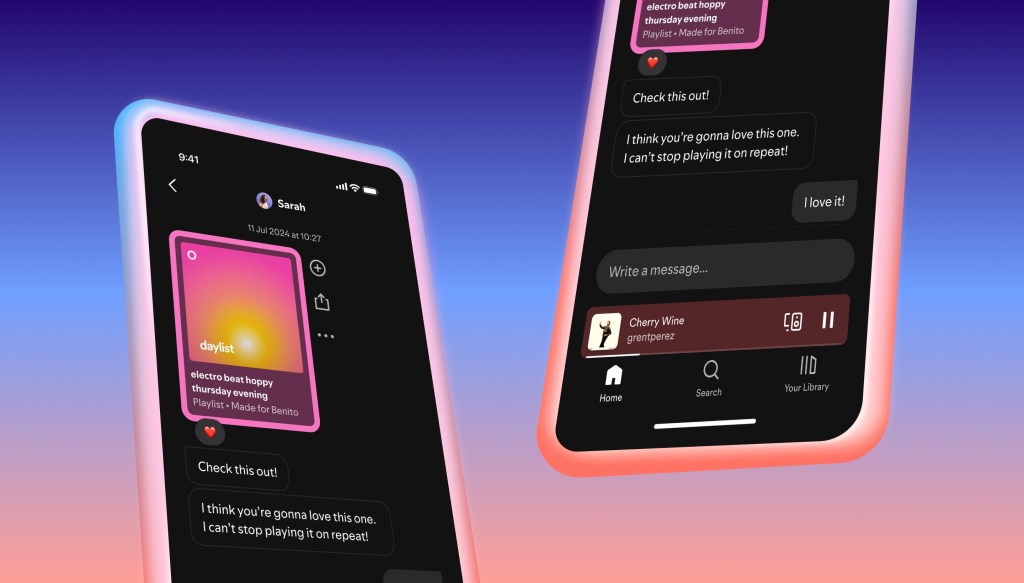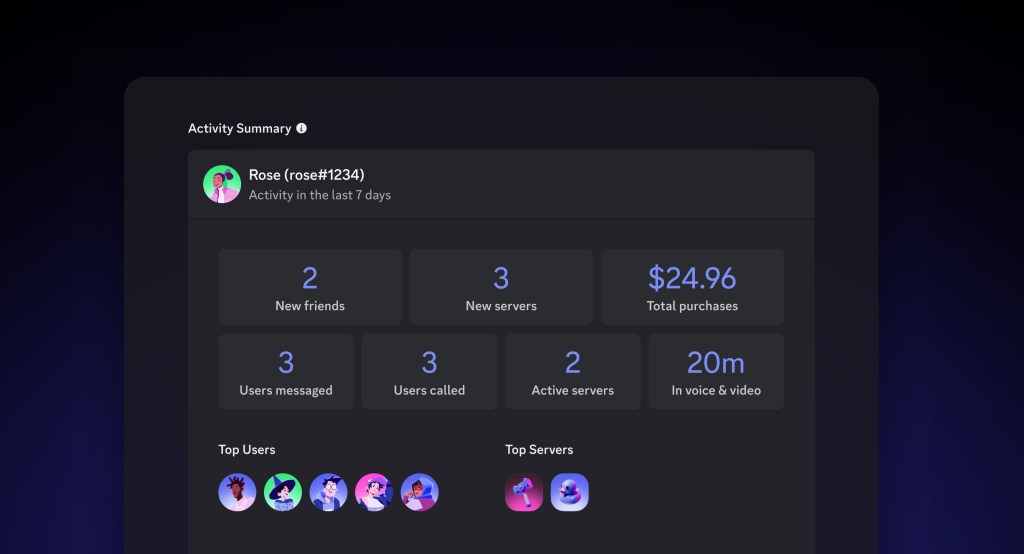In a strategic move to foster a more interactive user experience, Spotify has unveiled a new in-app messaging feature, enabling users to communicate directly within the platform. This development signifies Spotify’s commitment to evolving beyond a mere streaming service into a comprehensive social hub for music and podcast enthusiasts.
Seamless Sharing Within the App
Historically, Spotify users have relied on external platforms to share music and podcast links. The introduction of in-app messaging streamlines this process, allowing users to share content and maintain a history of shared tracks without leaving the Spotify environment. This integration aims to enhance user engagement by keeping interactions centralized.
Initiating Conversations
The messaging feature is designed for one-on-one interactions and is accessible under specific conditions:
– Previous Content Sharing: Users can start a chat with individuals they’ve previously shared content with, such as through collaborative playlists, Jams, or Blends.
– Subscription Plans: Members of the same Family or Duo plan can initiate conversations.
To commence a chat, users send a request, which the recipient must approve to activate the conversation.
External Integration and Invitations
Spotify acknowledges the importance of external sharing and has incorporated mechanisms to bridge external interactions with its in-app messaging:
– External Links: If a user receives a Spotify link via platforms like Instagram, Facebook, WhatsApp, Snapchat, or TikTok, tapping the link allows them to approve a chat request within Spotify.
– Invite Links: Users can generate and send invite links to contacts, facilitating the initiation of conversations within the app.
Accessing and Using the Messaging Feature
To utilize the messaging feature:
1. Profile Navigation: Tap on your profile picture.
2. Messages Section: Access conversations under the ‘Messages’ section located on the left-side hover bar.
3. Reactions: Users can react to specific messages using emojis, adding a layer of expressiveness to interactions.
Security and Moderation
Spotify emphasizes user safety and content integrity:
– Encryption: Messages are encrypted both at rest and in transit, ensuring data security.
– Moderation: While messages are not end-to-end encrypted, Spotify proactively monitors content to enforce its rules. Users can report messages, prompting the company to investigate potential violations of its terms of service and platform guidelines.
Strategic Vision and Rollout
Gustav Söderström, Spotify’s Chief Product and Technology Officer, hinted at a more interactive consumer experience during the company’s recent quarterly call. The messaging feature aligns with this vision, marking a significant step toward enhancing user engagement.
The rollout plan includes:
– Initial Launch: Available to users over 16 in select Latin and South American markets, exclusively on mobile versions.
– Expansion: Plans to extend the feature to the U.S., Canada, Brazil, the EU, the U.K., Australia, and New Zealand in the coming weeks.
Evolving Social Features
Spotify’s journey toward social integration has seen several milestones:
– Podcast Comments: Last year, Spotify introduced comments on podcasts, allowing listeners to engage directly with content creators and fellow listeners.
– Redesigned Feed: A revamped, video-focused feed was launched to enhance content discovery and user engagement.
– Potential Music Track Comments: In a previous interview, Spotify’s VP of Podcast Product, Maya Prohovnik, did not dismiss the possibility of introducing comments on music tracks, indicating a broader vision for interactive features.
User Feedback and Interface Considerations
While these enhancements aim to enrich the user experience, some users have expressed concerns about the interface becoming cluttered with features. Recognizing this, Spotify offers users the option to manage their experience:
– Disabling Messages: Users who prefer a streamlined interface can disable the messaging feature by navigating to Settings > Privacy and Social.
Conclusion
Spotify’s introduction of in-app messaging represents a significant stride toward creating a more social and interactive platform. By facilitating direct communication and content sharing within the app, Spotify aims to deepen user engagement and foster a sense of community among its users. As the feature rolls out globally, it will be interesting to observe how it influences user interactions and the overall Spotify experience.



